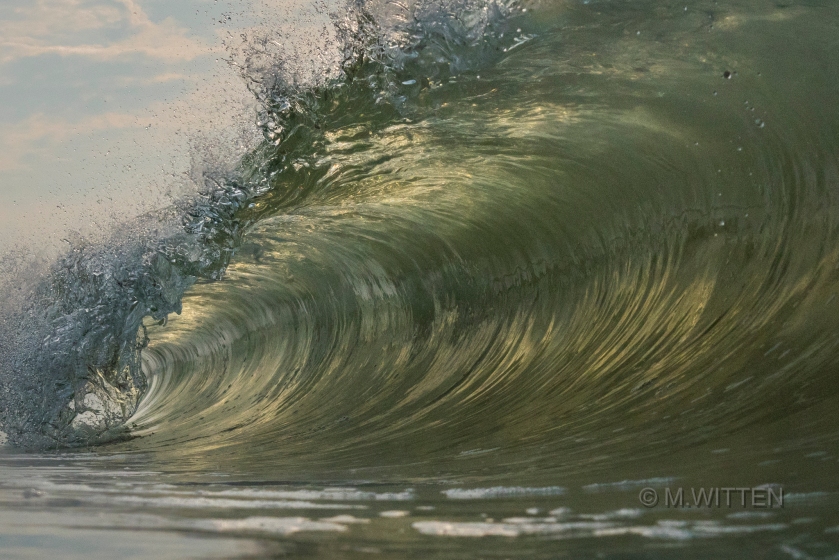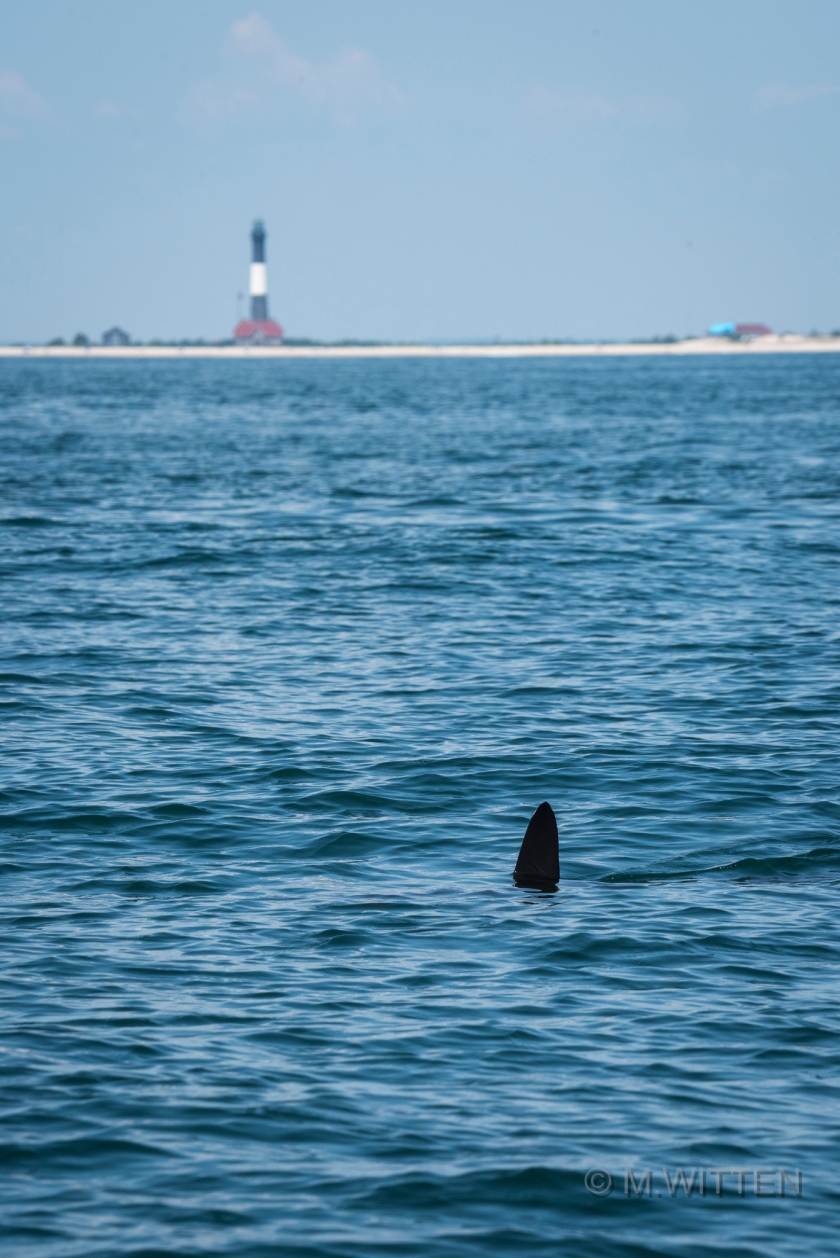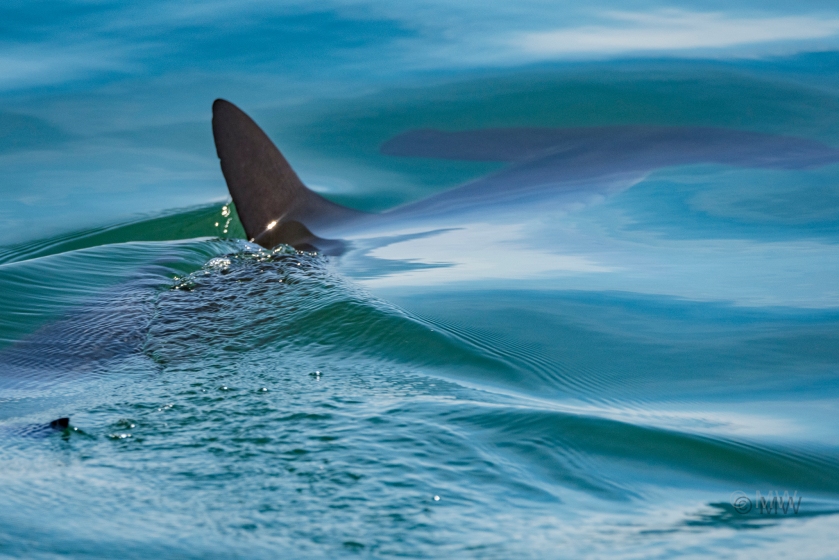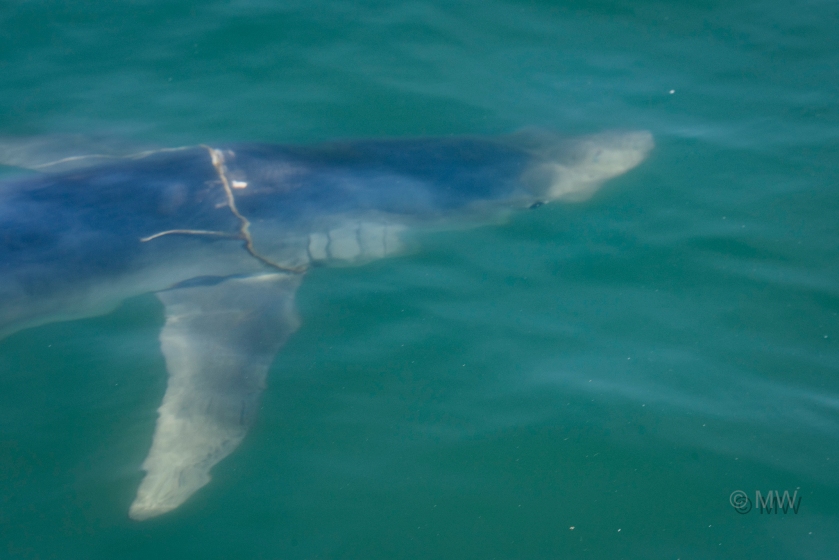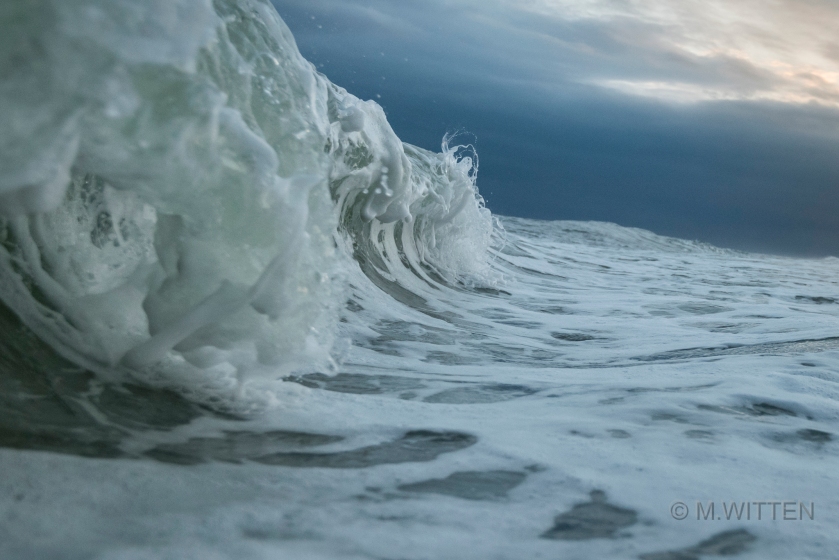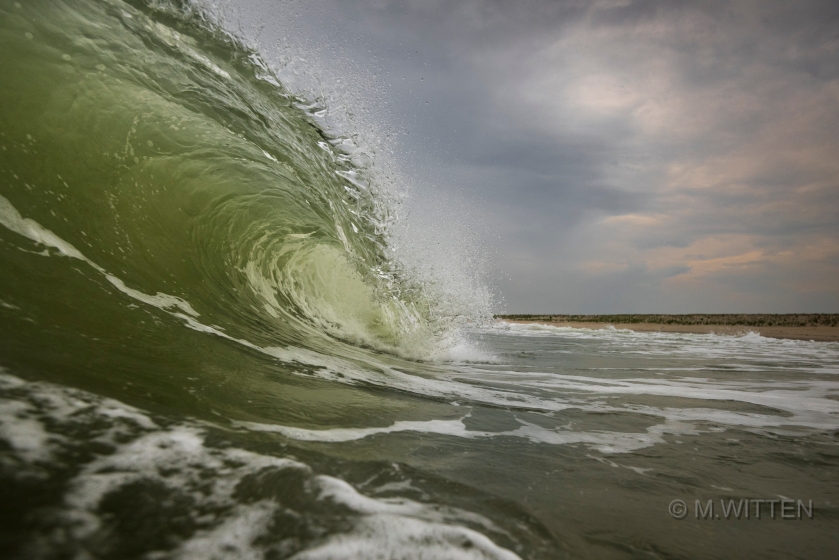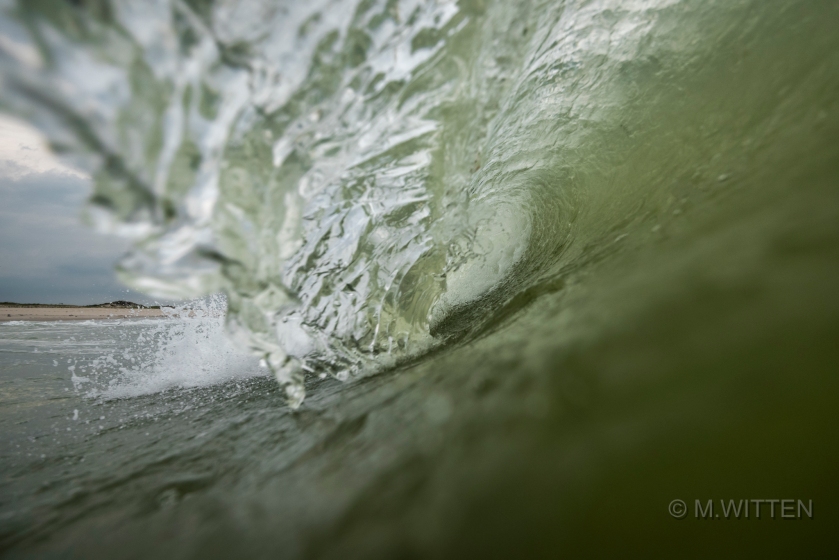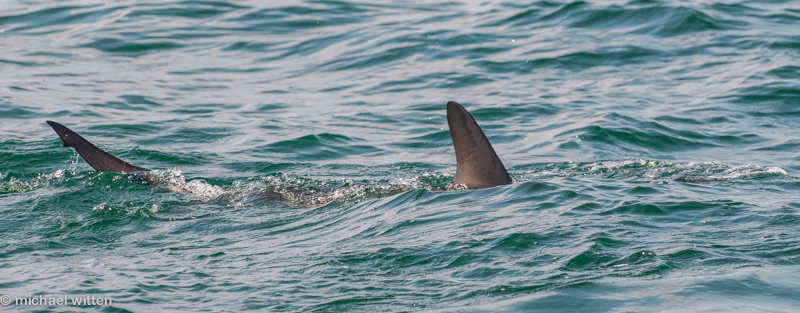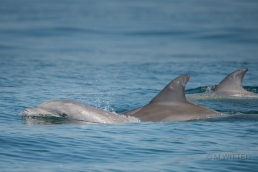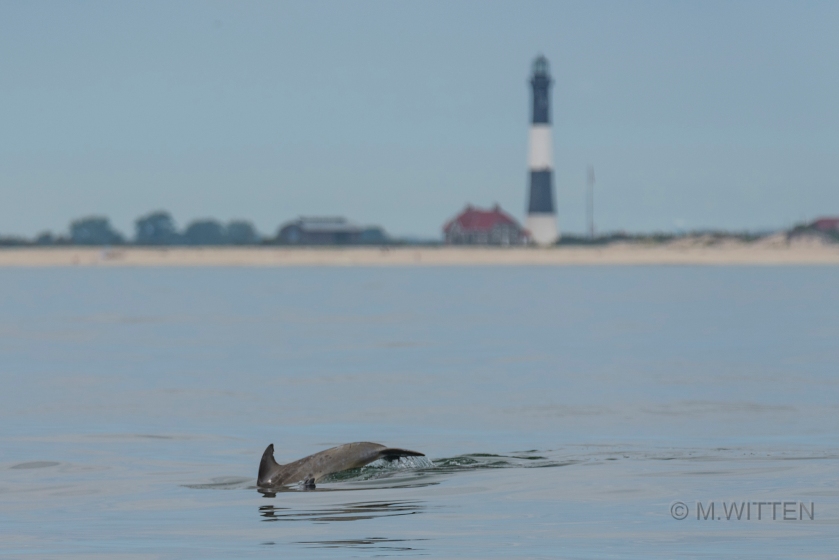It was a good dream. Vague and mostly forgotten, not at all unsettling, a slight smile in my sleep. I seemed very young, maybe seven, still free with innocence, unencumbered by later life. It was a hot day, summertime, and we were, or had been, at the beach, where I had spent the entire day engulfed in waves. Diving under, jumping up, turning so that the back of your head had the wave break over it while you looked through to shore, maneuvering for the next one, on and on. Bodysurfing. Giggling underwater all the way to the sand when you got caught.
Then came the post stoke relaxation and good sleep. Warm breezes, full moon, abundance of life and living. The August cicadas were singing away, celebrating the season. Something then turned, the timing too early. Soundwaves getting louder and louder, threatening my sleep and dream state. The dream faded, like youth, or a good summer on the first day of school. My alarm was blaring, no longer a cicada’s song. I hit snooze. Ahhh, crickets….
This new silence was not feeling like more real sleep, so I grabbed my camera bag and water housing and headed down to the beach. There was a slight North wind, which is always good, but heavy stratus cloud cover prevented any sunrise light. Scanning the ocean for whales and dolphin, I waited, enjoying my 7-11 large, dark coffee. Didn’t see any, but noticed the waves were actually curling a bit, first time in a while.
When I opened my bag to grab my 16-35mm, the lens was missing. In its place was my 24-120mm. Wasn’t sure if it would fit in the housing and with no collar on the lens there would be no zoom, but I gave it a shot and got lucky. 24mm, not bad for leaving the house half asleep. (EDIT: looking at exif data, the zoom slowly shifted towards the longer end.)
Patches of blue started peaking through the grey. I headed down toward the Fire Island Lighthouse. Bare feet in sand, coffee in hand. The next two hours brought changing light, one long smile, a few giggles, and the focused, alert, wake-full-ness of salt therapy. Living in a dream. It comes in waves.

